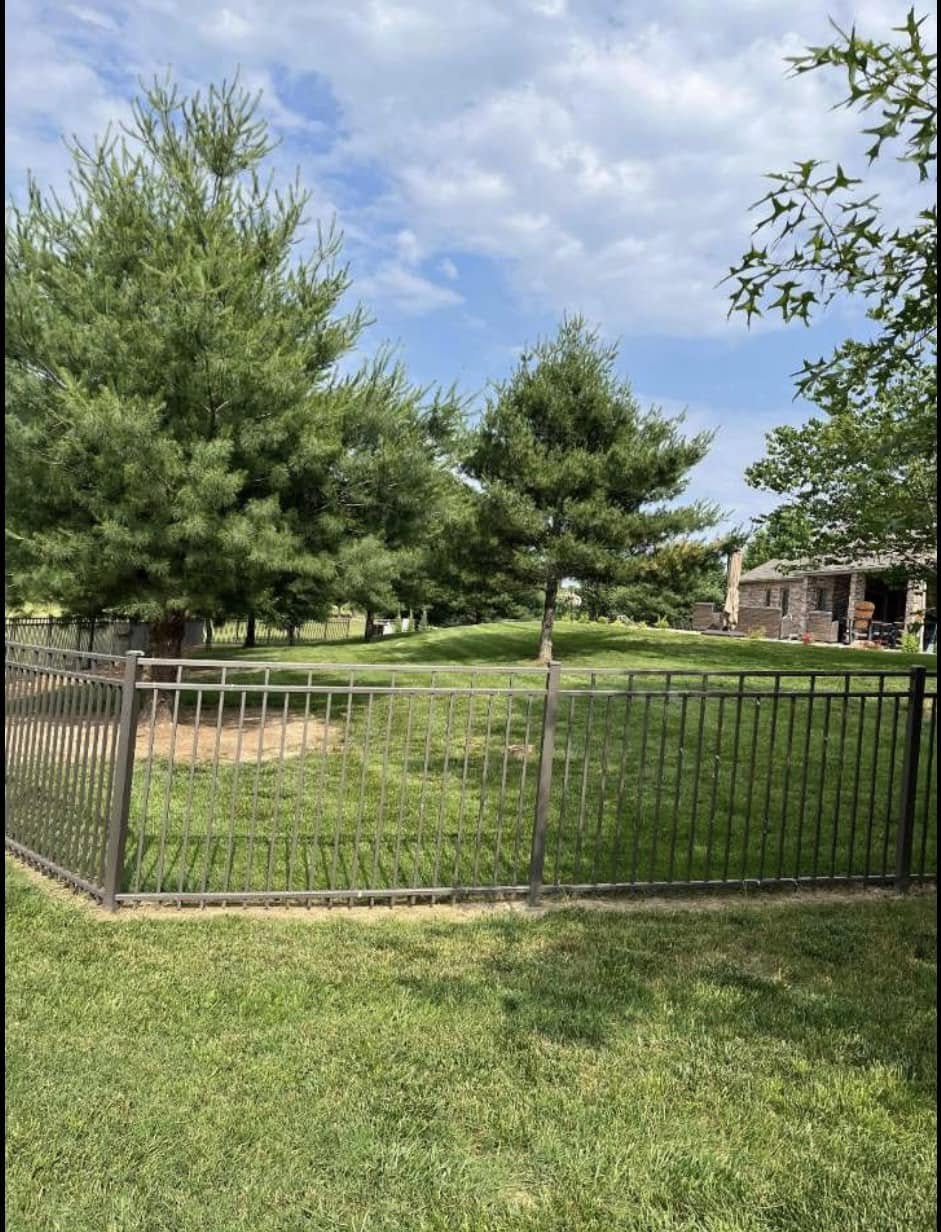
The Ultimate Guide to Sustainable Hardscaping Practices Oct 06, 2025
Hardscaping refers to the non-living elements of landscaping, such as patios, walkways, retaining walls, and other structures. These features are significant in shaping an outdoor area but can sometimes lead to environmental concerns if not managed sustainably. Here are some practices to consider to ensure your hardscaping is as environmentally friendly as possible.
One of the first steps in sustainable hardscaping is selecting eco-friendly materials. Traditional materials often have a high carbon footprint due to extraction, manufacturing, and transportation processes. Opt for locally sourced materials like natural stone, reclaimed wood, or recycled concrete, which not only reduce emissions but also support local businesses. Additionally, look for products that are certified by environmental organizations.
Permeable paving is another crucial aspect of sustainable hardscaping. Unlike conventional paving materials, permeable options allow water to pass through their surfaces, reducing runoff and promoting groundwater recharge. This can lessen the strain on municipal stormwater systems and decrease the risk of flooding. Consider using materials like permeable pavers, gravel, or porous asphalt to let water infiltrate naturally into the ground.
Water conservation is integral to sustainable hardscaping. Design features that maximize water efficiency, such as xeriscape landscaping, which involves choosing drought-tolerant plants to minimize the need for irrigation. Implementing a rainwater harvesting system can also reduce reliance on municipal water supplies by capturing rainwater to use for your landscape maintenance.
Another innovative approach to sustainable hardscaping is the integration of green walls and roofs. These living installations not only add aesthetic appeal to your space but also help insulate buildings, reduce heat island effects, and improve air quality. Incorporating native vegetation in these installations can further bolster biodiversity and create a habitat for local wildlife.
Energy-efficient lighting is a vital component of sustainable hardscaping, especially for outdoor spaces that require illumination. Replace traditional incandescent bulbs with LED lights, which consume less energy and have a longer lifespan. Additionally, consider solar-powered lighting systems that harness renewable energy and eliminate electricity consumption altogether.
Finally, maintenance practices play a significant role in sustaining your hardscaped areas. Implement regular maintenance schedules to ensure that all features are in good condition, reducing the need for replacement or extensive repairs. Using non-toxic, biodegradable cleaning agents can also minimize chemical runoff into the environment.
In conclusion, sustainable hardscaping is not only beneficial for the environment but also enhances the aesthetic and functional value of your outdoor space. Wright Lawn Services is committed to providing clients with innovative and environmentally responsible hardscaping solutions. By selecting eco-friendly materials, implementing water-efficient designs, and incorporating renewable energy resources, you can enjoy a beautiful, functional landscape while keeping sustainability at the forefront of your approach. Contact Wright Lawn Services today to explore how we can help you create a sustainable and attractive outdoor space that aligns with your environmental values.
/filters:no_upscale()/media/08e9ba81-c5bf-4e97-b447-5652d1605f34.jpeg)